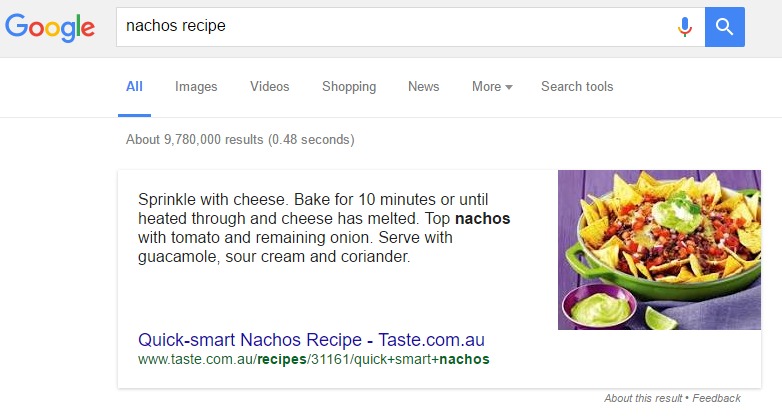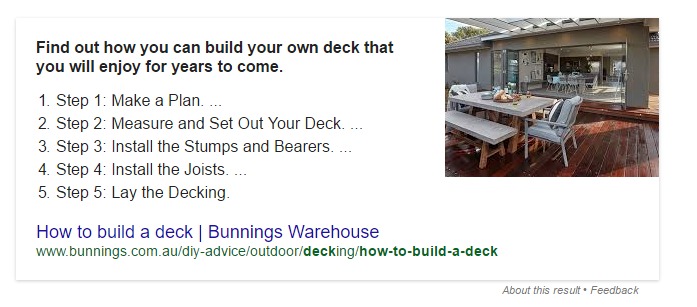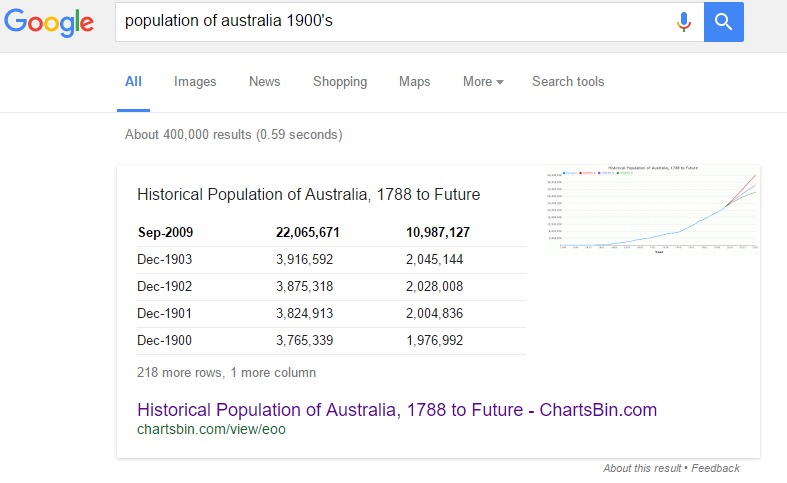-
Traffic
Get More Traffic
SponsoredLinX offers a number of different services to help drive more qualified traffic to your website. Google Ads Management Search Engine Optimisation Microsoft Ads Facebook Advertising Google Ads Mobile“SponsoredLinX are a rarity in today’s market place, they promise a lot but deliver more. Our business has grown by over 400% in one month; we are amazed at the difference they have made.”
-
Conversion
Convert More Leads
Our second step is making sure that your website is able to convert the traffic you receive into leads for your business. Optimising your website to convert more leads is important to a profitable campaign. Web Development Convertopages Do It For Me eCommerce Social Media Posts“I just want to say thank you! The changes that you have applied in our AdWords campaign have definitely seen an improvement on click quality and sales for HippityHop.”
-
Retention
Retain Your Customers
As you build up a customer base you need to make sure to keep engaged and retain your relationship. LinX App“SponsoredLinX fully redesigned our main company website with a fresh, clean and professional look. The ‘Google friendly’ web design were part of the fantastic ongoing service we received.”

What Are Google Snippets?
The latest Aunt Agony and DIY hero!
Have you ever had a question you needed the answer for quickly? Maybe you spilt red wine on the new carpet? (Who hasn’t). Or while wandering the supermarket shelves, you wondered what to make for dinner? Almost always Google has the search result for you, but we often have to scour through all the search result listings to find exactly what we’re after and in this day and age “ain’t nobody got time for that”.
As you know, we are all becoming more time poor and if you’re anything like me your working day generally exceeds the standard eight hours when you factor in travel time. This leaves very little time to think about the other daily stresses of life. Taking this into consideration, before you know it, it’s 10 o’clock at night and you need to be up and out of bed in a few hours to do it all over again.
So, what’s the solution? Google feature snippets! Most people haven’t realised what the purpose of a feature snippet is and how useful it can be for solving a problem quick smart. You can find this at the top of a Google search when you ask a question in Google’s search bar. It will tell you what you need to know whether it be a natural headache remedy, nachos recipe, how to clean your oven or the population of Australia in the 1900s. So, it’s good to know that Google is here to help giving us instant answers in the form of easy to read snippets.
Before the internet became a big hit, we had advice columns in magazines and newspapers. Though, these were often directed at the female audience and referred to as Aunt Agony. As different magazines were made available as a source of information to readers, people took the opportunity to write in asking questions about how to solve every day problems. Responses could take weeks! Now, Google snippets give us the answer.
There are three different types of Google snippets. The most common form of snippet is a paragraph which research by Rob Bucci of STAT showed that out of 1 million different searches 81.95% were paragraph snippets. To see a paragraph snippet, try Googling ‘nachos recipe’ and it gives you a fast three sentence paragraph explaining how to make nachos.

The second highest showed 10.77% of the results were list snippets or bulleted and numbered. This is good for individual step by step guides such as ‘How to build a deck?’ which shows a Bunnings DIY five step result. Though the snippet is very basic and building a deck is not, you can click into the snippet to get the full description of all the different aspects you need to consider.

Only occasionally, or 7.28% of the time, will you come across table snippets that are more useful for the likes of statistics. I searched ‘Population of Australia 1900s’ and found that in December 1900 the population of Australia was over 3.7 million and over a century later in September 2009 it was over 22 million.

Mobile devices are currently responsible for approximately 51% of Google searches in the USA. With mobile searches steadily increasing, snippets are now able to provide us with information on the spot regardless of where we are.
What does this mean for you? Businesses need to ensure that they are targeting the most relevant keywords for the correct part of the buying cycle. For example, if someone is researching “How to fix a crack in a wall?” they are not yet ready to purchase and no ready to contact a service provider because they’re being a good Aussie and trying to figure how to do it yourself. Learn what keywords you should be targeting with the SEO specialists at SponsoredLinX on 1300 859 600.

